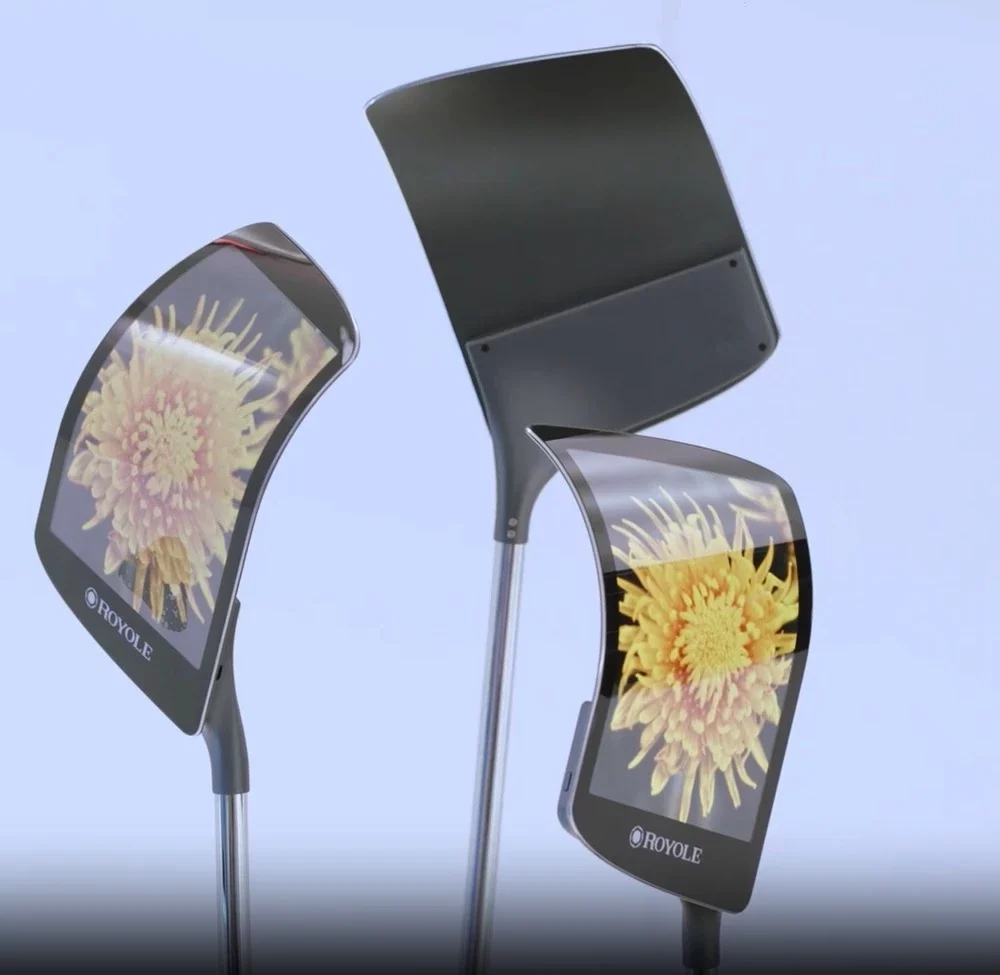
Strength and Weakness of OLED Compared with LCD
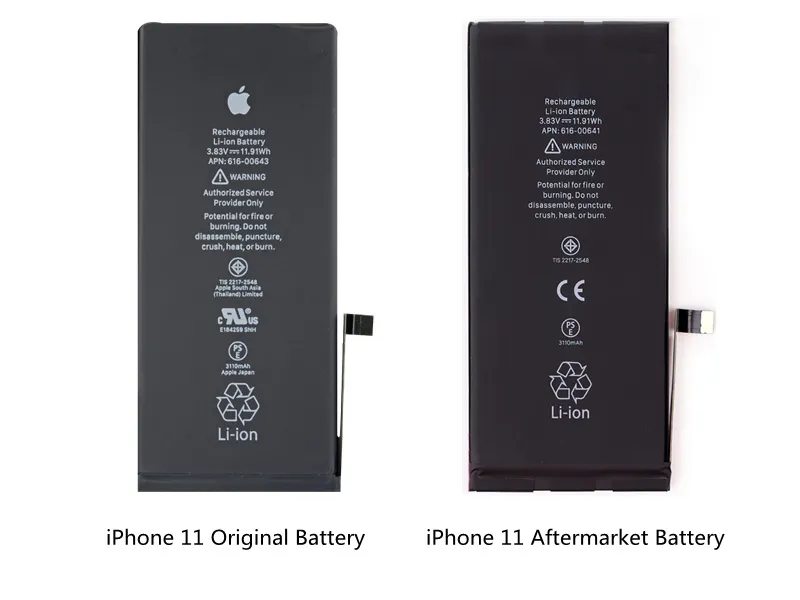
Official Original iPhone Battery VS Aftermarket Battery, Which One Do You Prefer?
BenleyTech has been focusing on R&D, production and sales of iPhone replacement batteries for over a decade. Like the original Apple batteries, our replacement batteries are also Lithium-ion batteries.
As we all know, Li-ion cells comprise four main components: two electrodes, one anode (which holds the lithium ions when charged), and one cathode (which holds the lithium ions when discharged), a separator that is placed between the electrodes to prevent contact and shorting, and an electrolyte medium that enables movement of lithium ions between the electrodes. Typically, the anode is made of graphite while the cathode can be an alloy of multiple metals (nickel, cobalt, lithium, and others).
All the components are packed in a casing, and tabs are exposed for a positive and negative terminal. The cells are then arranged and connected to make a battery pack.
Here followed our two key processes of BenleyTech battery production, the cell production process and pack process.
Part 1 Battery Cell Production Process
The battery cell manufacturing process involves three main stages: electrode manufacturing, cell assembly, and cell finishing. Each of these stages has sub-processes, that begin with coating the anode and cathode assembling the different components, and eventually packing and testing the battery cells.
Slurry Mixing → Coating → Calendering → Slitting → Winding → Encapsulation→ Drying→ Electrolyte Filling → Formation → Testing
Step 1 Slurry Mixing
The positive electrode dressing mainly comprises of lithium, adhesive, and conductive agent, while the negative electrode dressing is primarily made up of carbon and adhesive.
This process is to stir the material of the positive and negative terminals into a slurry at high speed, which is used to coat the aluminum foil and copper foil in subsequent process.
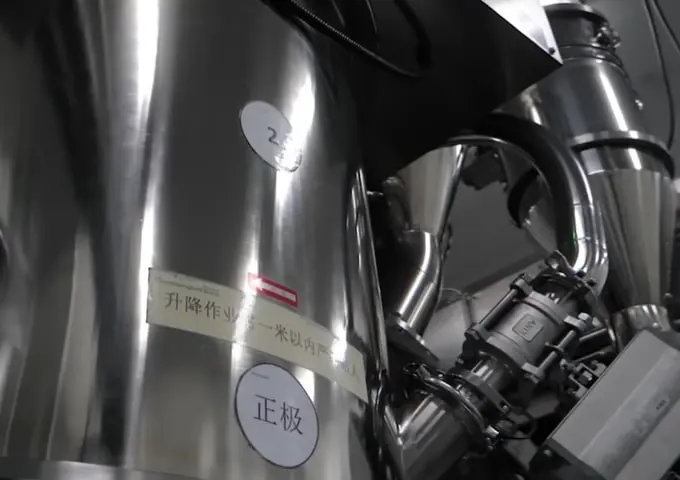
Step 2 Coating
The role of coating is to apply positive and negative slurry to aluminum foil and copper one respectively, where the aluminum foil is used as positive electrode, while copper negative. This step is essential for the subsequent stages of battery cell assembly.
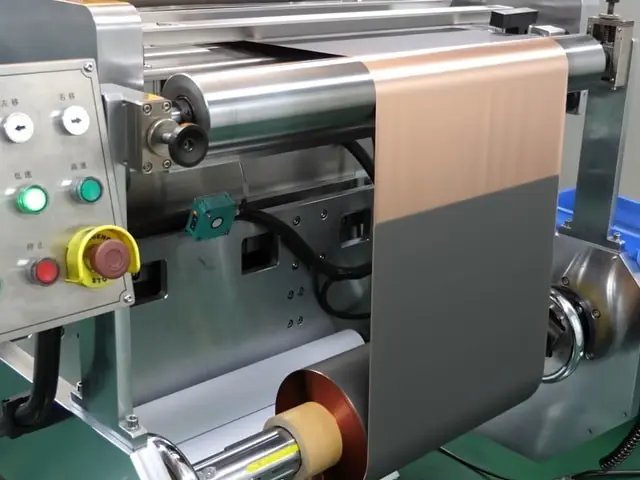
Step 3 Calendering
Why calendering necessary? Two reasons here. Firstly, slurry is too loose to remain in place after coating; Secondly, to improve energy density of lithium-ion batteries, battery volume must be strictly controlled.
Currently, the thickness of mobile phone batteries is controlled between 0.08 and 0.15mm.
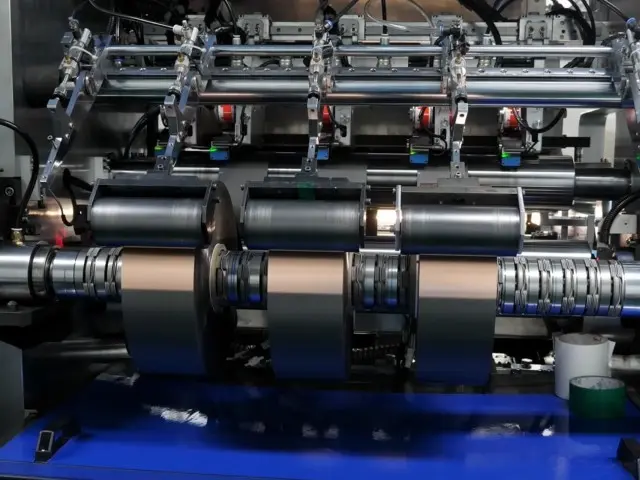
Step 4 Slitting
Here, in accordance with the electrode width design for each battery model, the large-rolled anode and cathode plates are cut into smaller electrode plates accordingly.
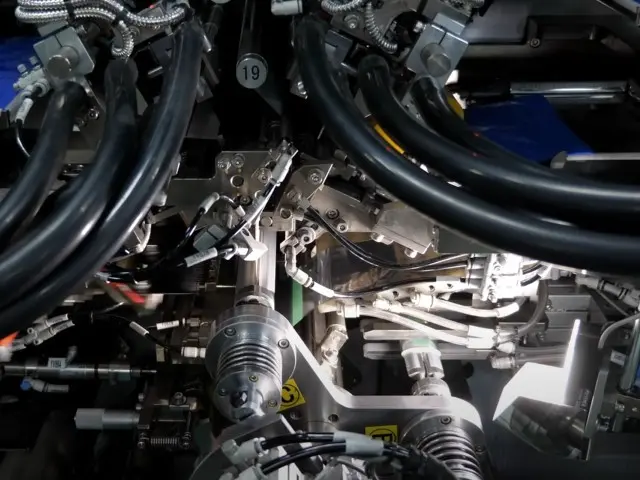
Step 5 Winding
The calendering, slitting, and winding processes are carried out under vacuum conditions and completed within 24 hours to ensure efficient production. Promptly pack the pole pieces to avoid long time exposure to air.
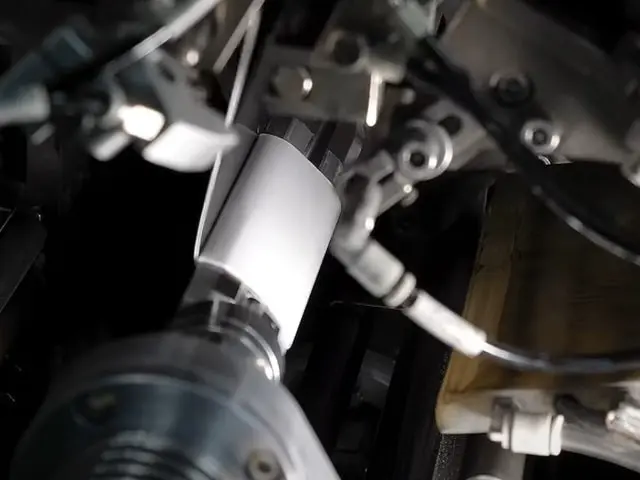
Step 6 Encapsulation
Placing the Pole Core inside an aluminum-plastic shell and pressing the side and top of the aluminum-plastic film at some a high temperature, it melts and solidifies both the film on the ear of the positive and negative poles and the material in the aluminum-plastic film, finally functioning as the effect of sealing. Only one airbag opening is reserved for the following electrolyte injection.
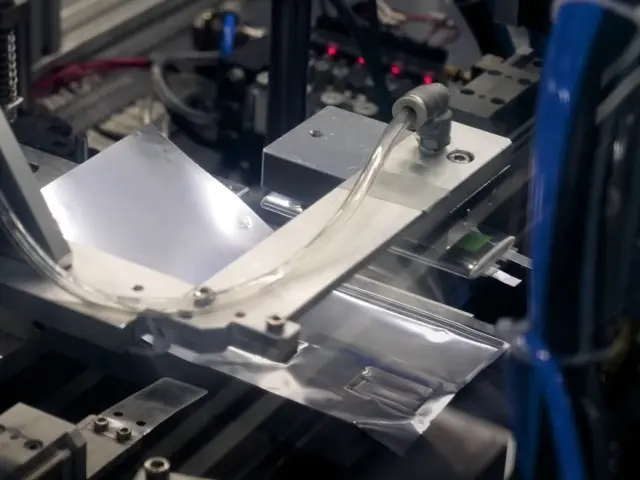
Step 7 Drying
Drying can also be classified as a liquid injection process, with the purpose of removing moisture. Residual water in the cell is easy to produce chemical reactions, resulting in the battery bulge.
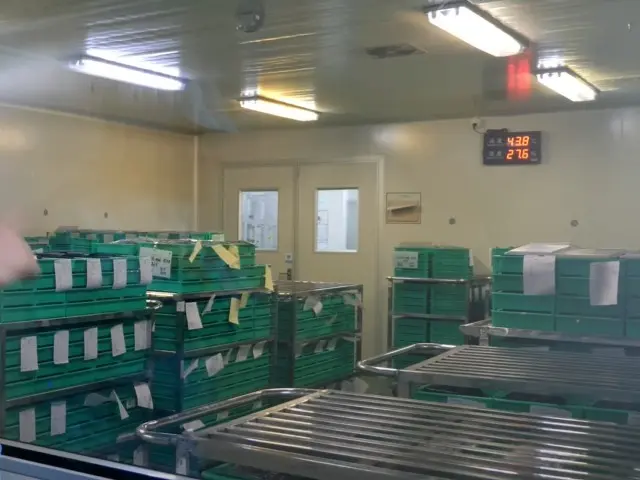
Equipment Used in First Stage
Machines used in the different processes at the first stage of cell manufacturing include mixers for slurry making, coating, and drying machines, calendaring or roll pressing machines, electrode cutting or slitting machines, and vacuum drying ovens.
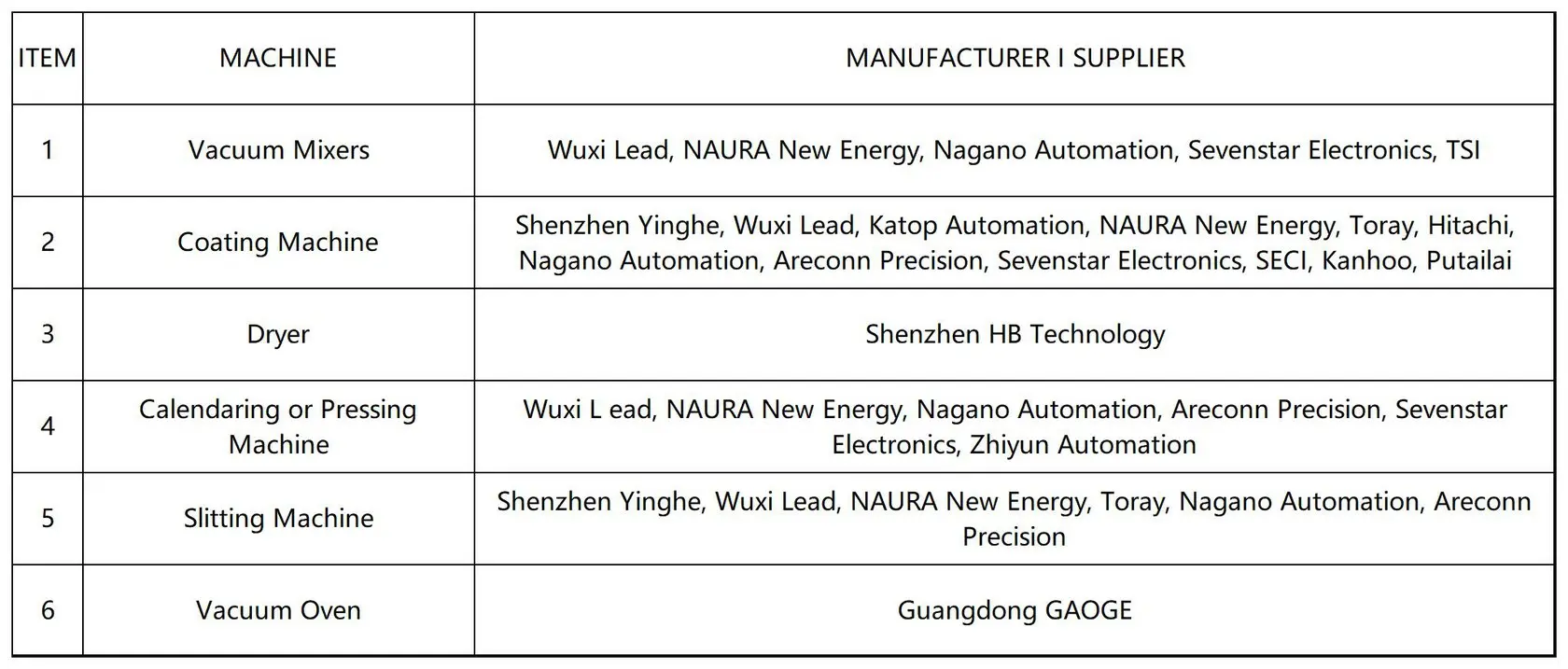
Step 8 Electrolyte Filling
After full drying, electrolyte is injected then. For soft pack battery, injects at one time, and seals airbag sides a little wider than cell body under high temperature, leaving some sealing room out for a subsequent process.
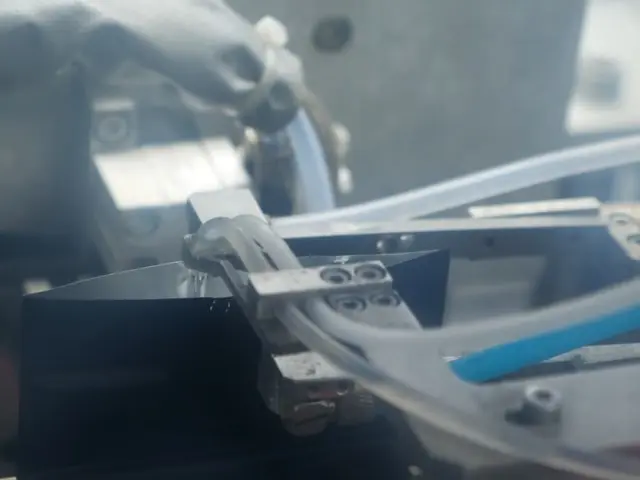
Equipment Used in Second Stage
Machines used in the second stage of cell manufacturing include die cutting machine, stacking machine (pouch cells), winding machine (cylindrical & prismatic), sealing and tab welding machine, and electrolyte filling machine.
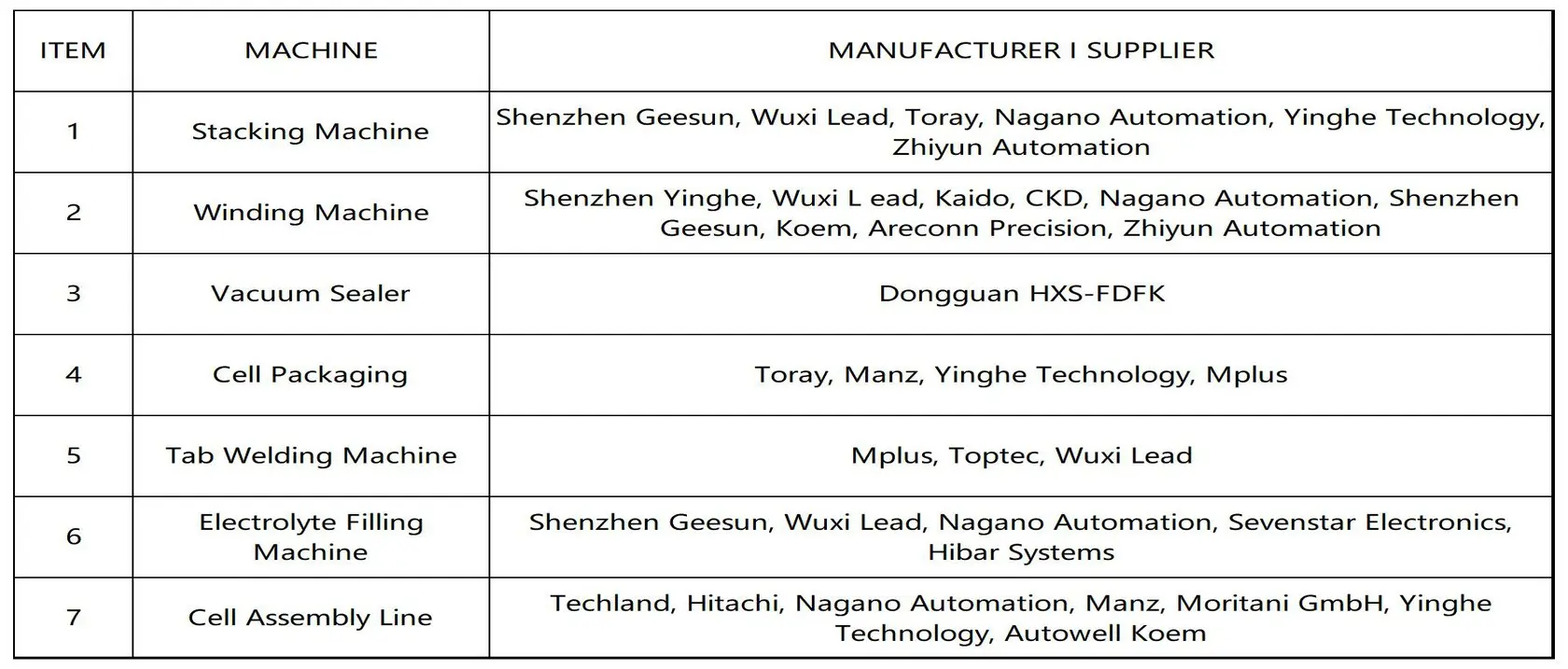
Step 9 Formation
In formation process, the cell is charged and discharged to form a passivation layer covering the surface of the negative electrode material. The passivation membranes are known as solid electrolyte interfaces (short for SEI membranes), which act as conductors for lithium ions. Capacity measurement is followed formation, bad stuffs are then screened and picked out.
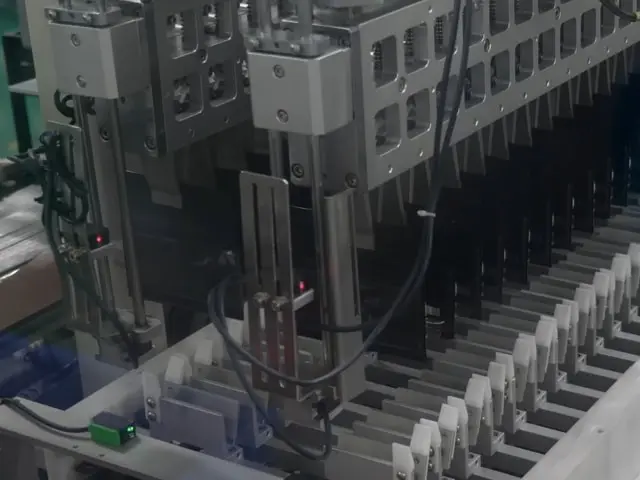
Step 10 EOL Testing
The qualified product after capacity measurement will be transferred to a series of testing. The testing process includes checking the appearance and weight of the battery, voltage detection, internal resistance detection, high voltage detection, voltage resistance detection, and uniformity detection.
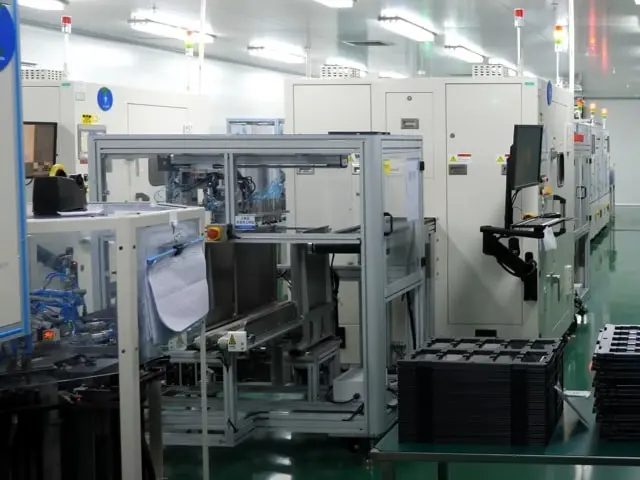
Equipment Used in Final Stage
Machines in the third and final stage of cell manufacturing include battery formation testers/ equipment, aging cabinets, grading machines, and battery testing machines. Generally, coater, winder, and grading & testing equipment account for 70 percent of the total cost of Li-ion cell production equipment, which may vary with the degree of automation.

Part 2 Pack Process
Pack process here is to assembly cells and protection circuit board (Known as BMS) together to get a final product – battery. The BMS is responsible for managing the charge and discharge of the battery pack and ensuring that it operates safely.
Step 11 Loading Cells
Carry and load the cells automatically by a conveyor belt.
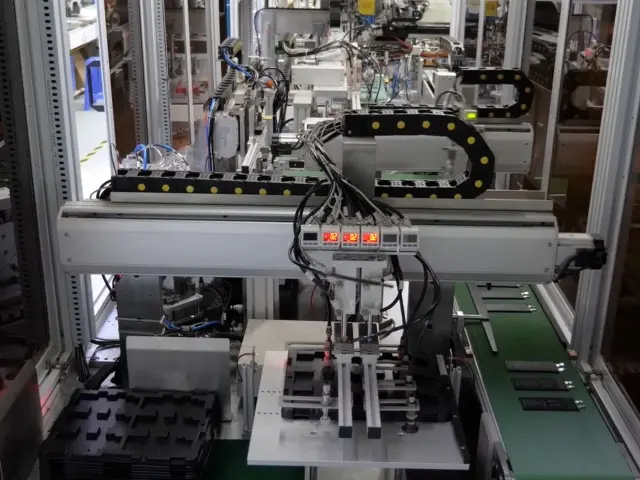
Step 12 Flattening Cell Pole
Complete Cell Pole trimming automatically by machines after Pole flattening, including the following cut and bend.
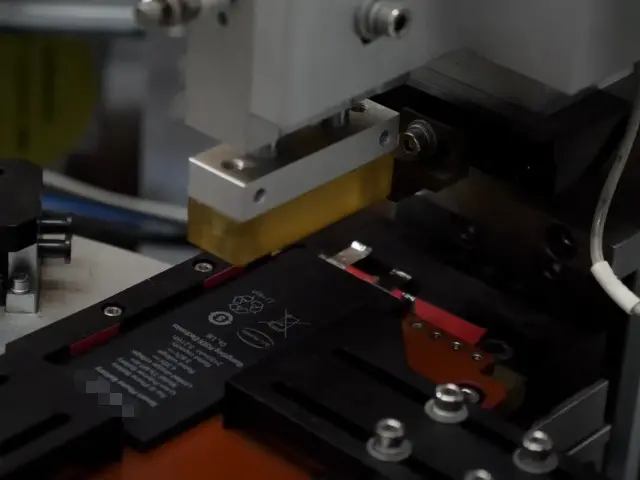
Step 13 Cutting Cell Pole
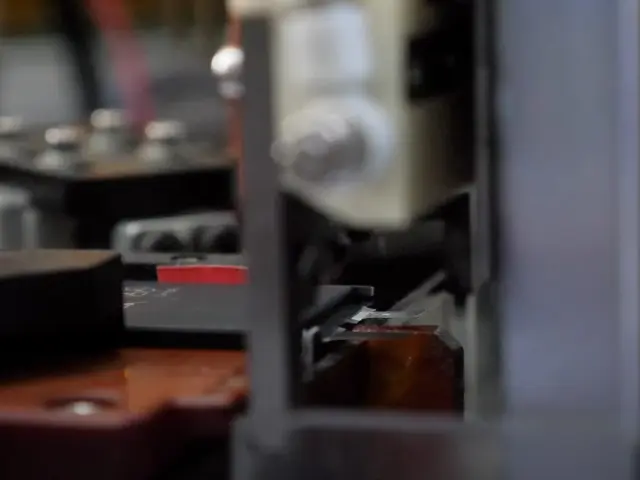
Step 14 Bending Cell Pole
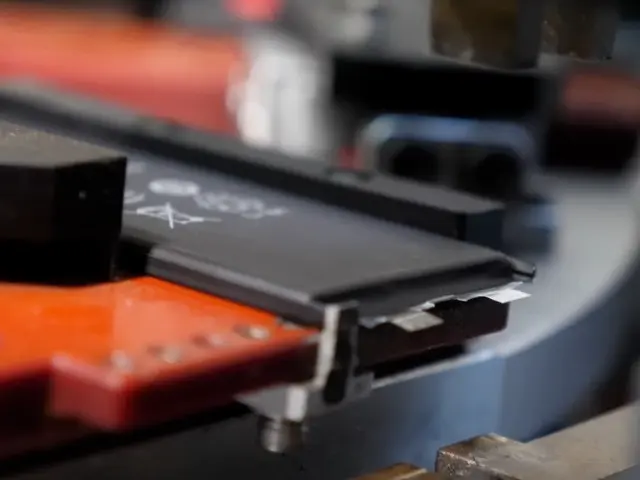
Here we come to a very important step which is attaching the BMS to the battery cell by laser spot welding.
Step 15 Welding BMS
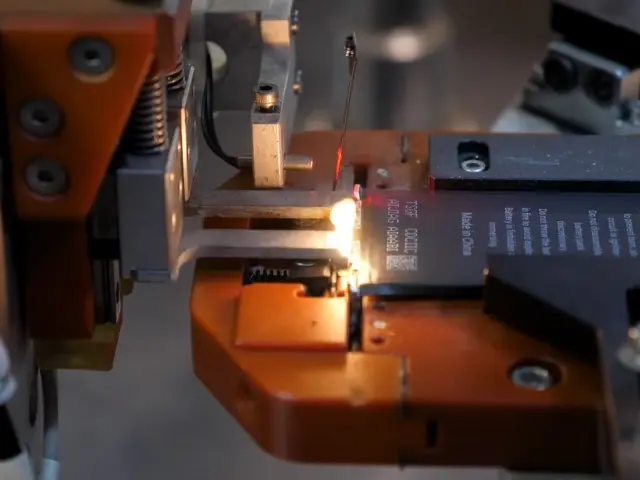
Step 16 Aging
After the BMS welding process, workers will attach insulation tape to protect the connection parts and check the bending angle of the flex cables, then all quality batteries will be sent to an aging machine to set static for 72 hours.
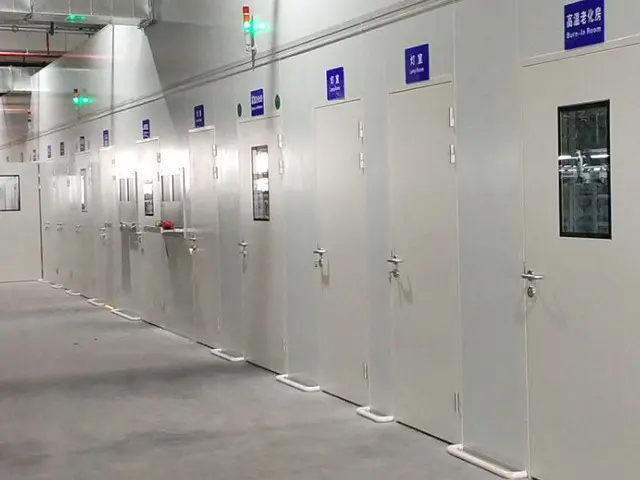
Step 17 Battery Testing
Here we conduct a final safety test on the battery to ensure that it is functioning correctly. This involves checking the voltage, current, and temperature of the battery to ensure that it is safe to use.
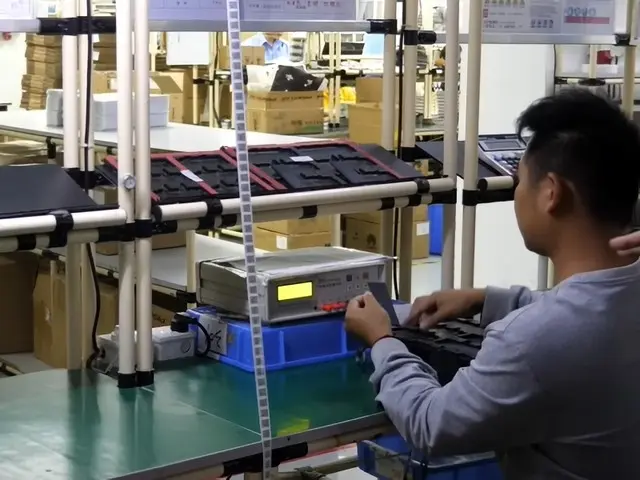
Step 18 Packaging
All the batteries are well packaged in dual-protect boxes. BenleyTech always takes customer satisfaction as our number 1 priority, we accept OEM packaging.
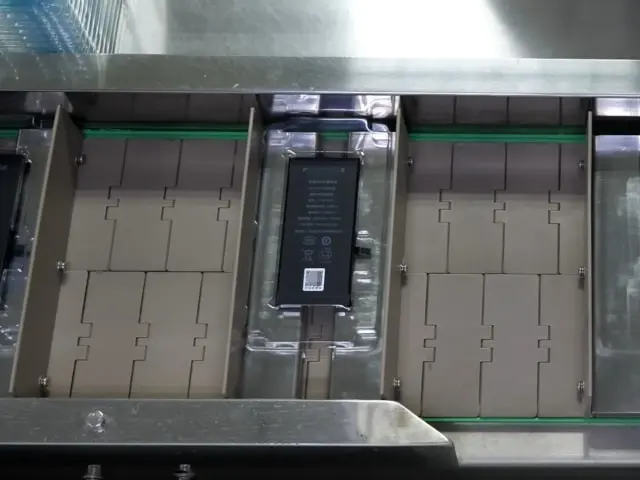
Overall, the production process of iPhone replacement batteries is complex and requires high precision to ensure that the batteries meet the required specifications and are safe to use in Apple’s devices.

